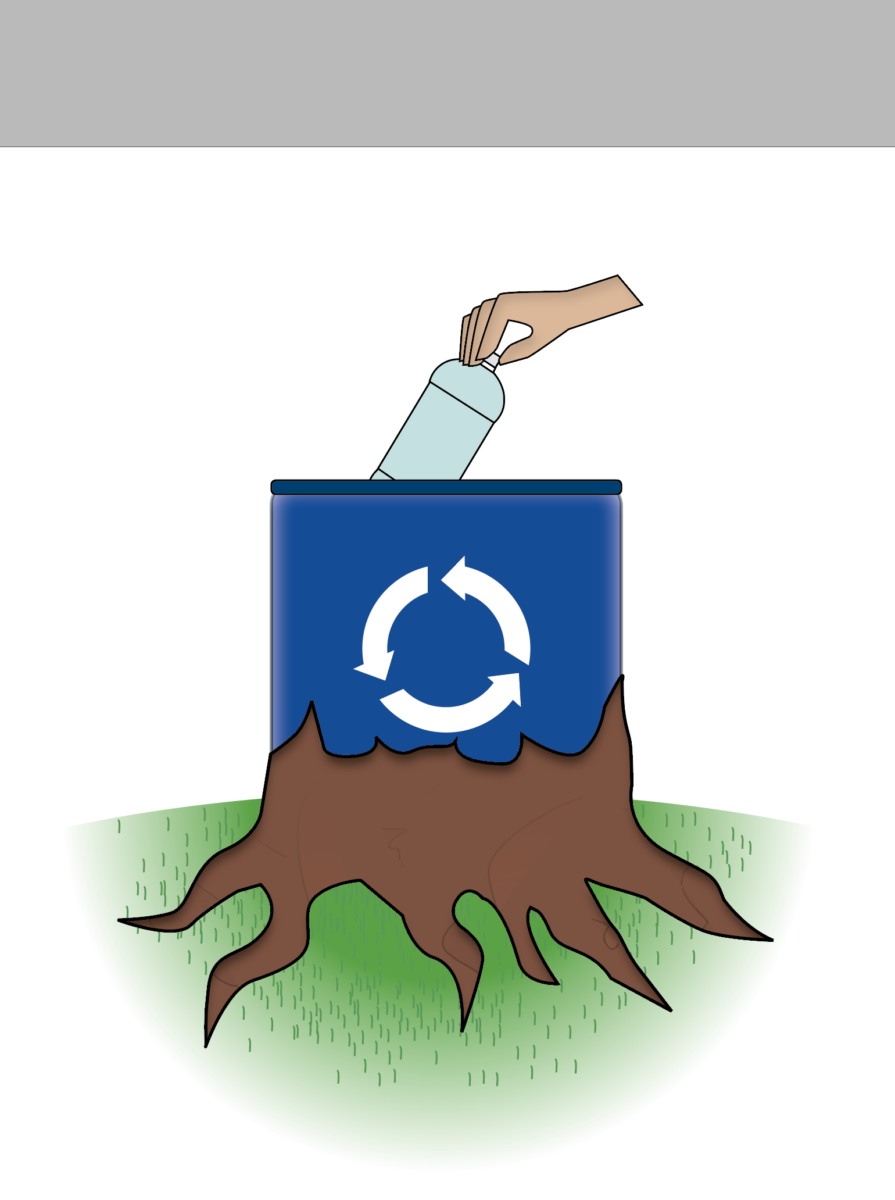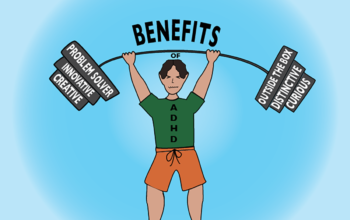Olivia West, Editor
@oliviawcourant
Until July 2017, China imported about 70% of the world’s plastic waste, or seven million tons per year. When the decision was made to no longer accept plastic from other continents, any communities in the US, which had been exporting over 700,000 tons of plastic waste by 2016, temporarily stopped collecting the recycling that used to go to China. Now, our nation struggles to find a place to dispose of our plastic, and New Canaan is no exception to this struggle. Within the town, the school district- and especially the high school- can make a big impact if they make environmentally-conscious decisions or not.
Jo-Ann Keating, the Director of Finance and Operations for the school district, said that she thinks it’s very important for the schools to be environmentally responsible. She said that the schools use single-stream recycling, with it being separated at the recycling plant, biodegradable paper products, reduced plastic bottles, and green cleaning products. “Most people do not realize that the school district consists of approximately 1MM square feet of space, and there are many operational decisions that have implications for our environment. In making these decisions, it is incumbent upon us to make the environment a priority for the sake of posterity,” she said.
Dr. Keating said that there aren’t just environmental benefits to the schools being green, but also cost benefits. “I find it interesting that so many people think that being green costs more money. From my experience, for the most part, green solutions tend to be cost effective, rather than cost prohibitive,” she said. “The real issue for some people may be adapting to something that is different or requires more effort. So, the more we can educate ourselves about green options, the more we can help the environment.”
“The savings from converting our heat fuel from oil to natural gas at NCHS, Saxe, South and East is approximately $225k per year, with a significant reduction in emissions, and we expect to save approximately $40k annually in the cost of electricity at South School through the recently installed solar system,” Dr. Keating said. “The savings per year from changing to LED lighting and installing demand controls at East, South and West to LED is approximately $84k. All of our energy efficiency capital projects have paybacks of between two to eight years.”
Michelle Santelli, the Director of Food Services for the school district, is responsible for all of the food served in the five school cafeterias and applies the policies that Dr. Keating spoke about. She said that she creates recipes and designs the menus, serving about 4400 students and 700 staff members, and makes an effort to be more green. “It is important for me to put environment-friendly policies in place in our cafeterias because if each of us does our part, we can make a huge difference in making our school district more green,” she said.
After being hired into her position, Ms. Santelli made many changes in order to accomplish this goal of being more green. “I have changed our plastic straws to paper straws, instituted one napkin-at-a-time dispensers, which use 100% recycled brown paper napkins,” she said. “I replaced styrofoam food trays with recycled paper and biodegradable food trays. I also focus on sourcing local and seasonal produce when possible.”
Jay Greco works with the recycling plant in New Canaan, and works on-site when there’s an issue with the containers or facility. He said that preventing recycling from being in landfills is key to keeping America green, and that high schools and students have a part to play in this. “If the students are not quite sure if it’s a recyclable item, they should wash it and recycle it anyway,” Mr. Greco said. “If it turns out not to be a recyclable item, it will be pulled out at our facility when we are recycling. Obviously, food waste should be an easy item not to recycle.”
In recent years, Mr. Greco said that the high school has improved its recycling techniques. “I started the recycling program at the high schools, middle schools, and elementary schools. It has increased by 38% since I started it in 2015, so I think that they are doing a great job,” Mr. Greco said.
While he acknowledged that the high school has made major advances in its recycling program and green efforts, Mr. Greco noted that there is always more they can do. “The schools are really doing a great job and the recycling tonnages have increased throughout the years. It is very important in my eyes to keep on educating the lower grades, as that will continue through to the high school,” Mr. Greco said. “We need to teach these young students from the start, and they will teach it to their fellow students from first grade right through to twelfth grade.”
As there is more of a push for green efforts in institutions around the world, environmentally responsible decisions at our high school can make a big impact upon our climate, and the school district plans to continue making these decisions. “Moving forward, our Capital Budget includes retrofitting NCHS and Saxe with LED lighting, and replacing the boilers at the elementary schools and Saxe with high efficiency condensing units. We are also exploring the pros and cons of converting the chillers that provide AC at the schools from electricity to gas, and operating the plants with a cogeneration system for electrical power and heating,” Dr. Keating said.




